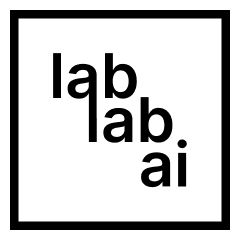
A practical knowledge base & AI solutions for people who are ready to create a real AI revolution!
Story's Credibility



About Author
A practical knowledge base & AI solutions for people who are ready to create a real AI revolution!

A practical knowledge base & AI solutions for people who are ready to create a real AI revolution!


A practical knowledge base & AI solutions for people who are ready to create a real AI revolution!